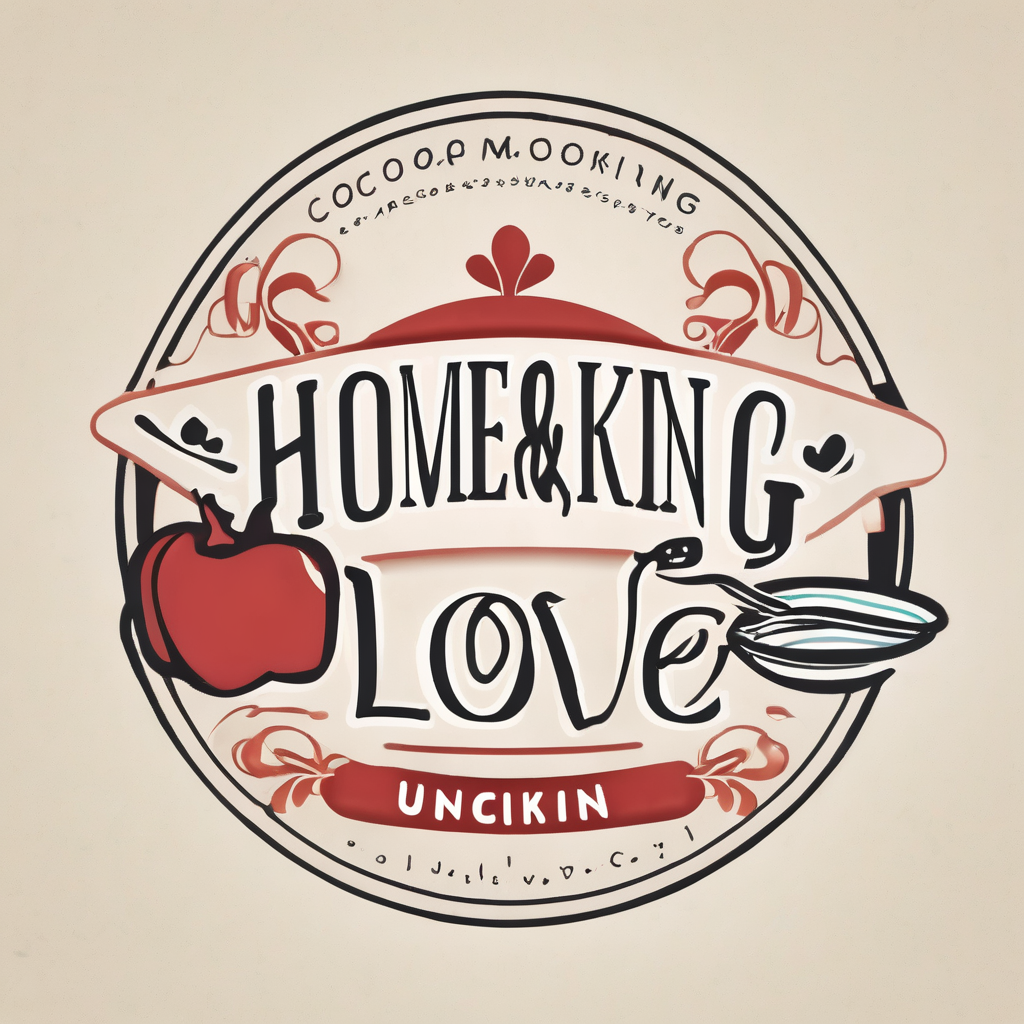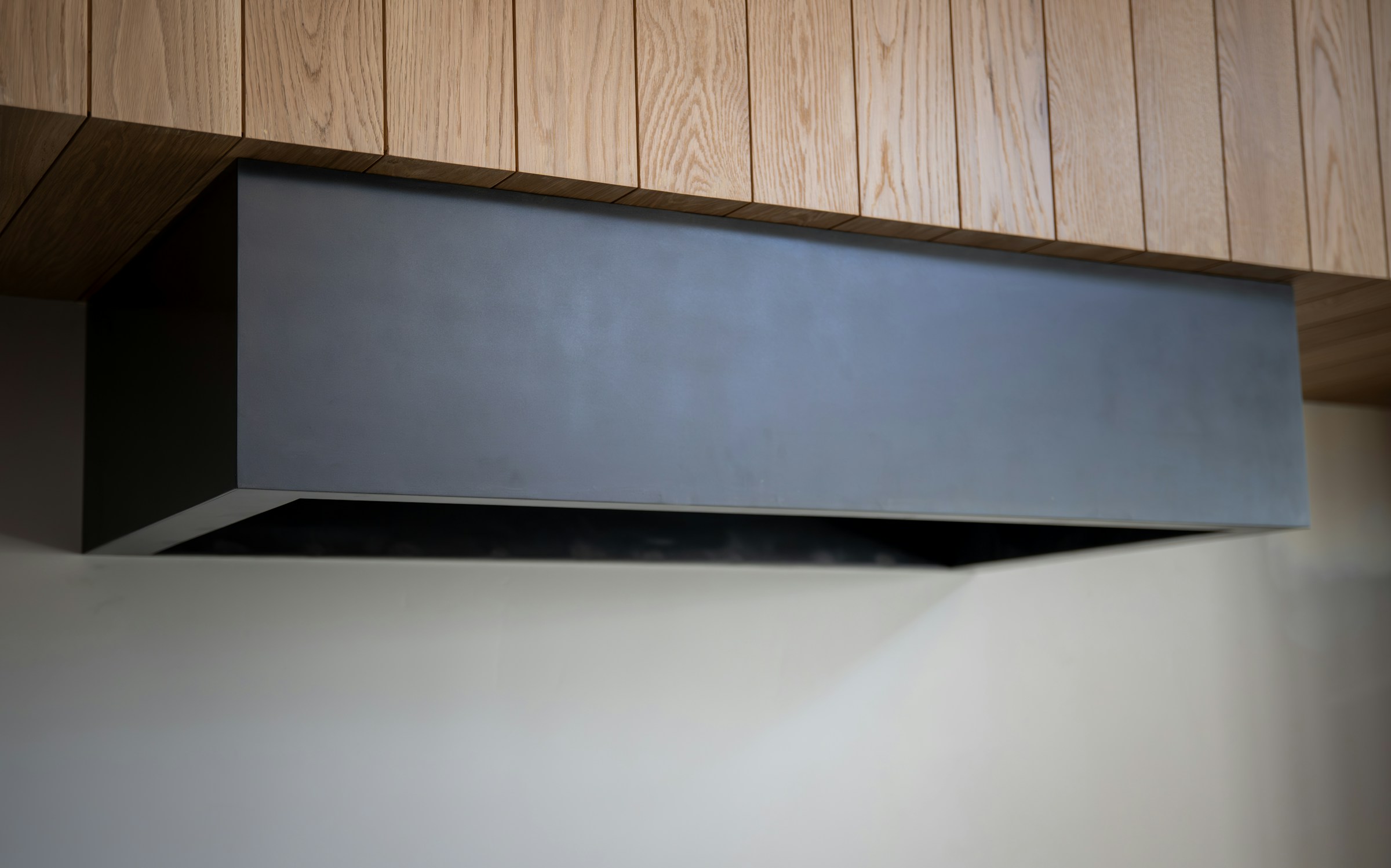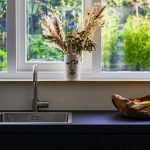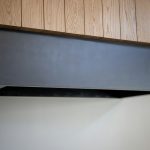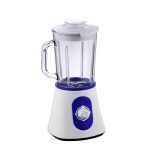Transform Your Kitchen Air Quality: The Health Benefits of UV-C Air Purifiers in Reducing Harmful Contaminants
Understanding Indoor Air Quality
When we think about air pollution, we often picture smog-filled cities and industrial smokestacks. However, the air inside our homes, particularly in the kitchen, can be just as hazardous to our health. Indoor air quality is a critical aspect of our overall well-being, and it's something we should all be paying more attention to.
Indoor air can be filled with a variety of pollutants, including dust, mold spores, allergens, and volatile organic compounds (VOCs) from cooking, cleaning products, and even the furniture in our homes. These contaminants can exacerbate health issues such as asthma and allergies, and even contribute to more severe respiratory problems over time.
This might interest you : Transform Your Kitchen: Discover How Strategic Acoustic Panel Placement Can Alleviate Stress and Curb Overeating
The Role of Air Purifiers in Improving Air Quality
Air purifiers are designed to clean the air by removing these harmful airborne particles and pollutants. They work by drawing in air and passing it through various filters that capture different types of contaminants. Here are some key components of an effective air purifier:
HEPA Filters
- High Efficiency Particulate Air (HEPA) filters are a cornerstone of modern air purifiers. These filters can remove 99.97% of all air pollutants up to 0.3 microns in size, including dust, pollen, and pet dander. For individuals with allergies or respiratory issues, HEPA filters are indispensable.
Activated Carbon Filters
- Activated Carbon filters are excellent for removing natural gases, VOC emissions from furniture and cleaning products, unpleasant odors, and chemical pollutants. These filters help in eliminating odor-causing particles, leaving your home with fresher-smelling air.
UV-C Light
- Ultraviolet (UV-C) light is a powerful tool in the fight against airborne pathogens. UV-C lamps emit light at a wavelength of 254 nanometers, which destroys the DNA structure of harmful bacteria, viruses, and mold. This technology is particularly effective in reducing the spread of airborne diseases and is often used in conjunction with other filtration systems.
How UV-C Air Purifiers Work
UV-C air purifiers use germicidal UV lamps to make many microorganisms harmless. Here’s a detailed look at how they operate:
Also to discover : Transform Your Fridge into a Smart Nutrient Tracker: A Key to Achieving and Sustaining a Lean Diet!
Operation of UV-C Air and Surface Disinfection Models
- These models can disinfect air and surfaces in several ways:
- Enclosed Disinfection Chamber: Air is drawn into a chamber where it is exposed to UV-C rays and then expelled back into the room with harmful microorganisms neutralized. This method is safe for use in occupied rooms because the UV-C rays never exit the chamber.
- Indirect Exposure of Upper Room Air: This method uses louvers and a polished reflector to project UV-C rays across the upper portion of an occupied room. This setup ensures that bacteria and viruses carried by air currents are destroyed without exposing room occupants to UV-C rays.
- Direct Exposure: This method involves direct exposure to UV-C rays, which must be used in unoccupied areas or with proper protective gear to avoid harm to the eyes and skin.
Intensity and Time for Proper Disinfection
- The effectiveness of UV-C disinfection depends on both the intensity of the UV-C light and the exposure time. Air and surfaces must be exposed to UV-C light for an appropriate amount of time to ensure proper disinfection. For surfaces, multiple treatment cycles may be necessary, especially in areas where UV rays are obstructed.
Health Benefits of Using UV-C Air Purifiers in the Kitchen
The kitchen is a hub of activity in any home, and it's also a place where a lot of airborne pollutants can be generated. Here are some specific health benefits of using UV-C air purifiers in this space:
Reducing Airborne Pathogens
- UV-C air purifiers are particularly effective in reducing airborne pathogens such as bacteria, viruses, and mold. This is crucial in kitchens where food is prepared, as it helps prevent the spread of illnesses and ensures a healthier cooking environment.
Minimizing Allergens and Dust
- Kitchens can be dusty due to food particles and other debris. UV-C air purifiers, when combined with HEPA and activated carbon filters, can significantly reduce dust and allergens, making the air cleaner and healthier to breathe.
Improving Overall Indoor Air Quality
- By removing a wide range of pollutants, UV-C air purifiers help in improving the overall indoor air quality. This is especially important in kitchens where cooking fumes and other pollutants can accumulate quickly.
Practical Insights and Actionable Advice
Here are some practical tips for integrating UV-C air purifiers into your kitchen:
Choosing the Right Air Purifier
- When selecting an air purifier, look for models that combine UV-C light with HEPA and activated carbon filters. This multi-layered approach ensures comprehensive air cleaning.
- Consider the size of your kitchen and choose an air purifier that can effectively cover that space. For example, the Air Health Skye 5 Stage Air Purifier can purify air in large rooms up to 1,600 sq. ft. in just 30 minutes.
Maintenance and Replacement
- Regular maintenance is key to the effectiveness of your air purifier. Ensure that you replace filters and UV-C lamps as recommended by the manufacturer. For instance, the UV-C lamp in the Air Health Skye should be replaced every year.
Placement and Operation
- Place the air purifier in a central location in your kitchen to maximize its effectiveness. Ensure that it is at least 3 feet away from any walls to allow for proper air circulation.
- Use the air purifier continuously, especially during cooking, to capture pollutants as they are generated.
Comparative Analysis of Air Purification Systems
Here is a comparative table highlighting the key features of different air purification systems:
| Feature | HEPA Filter Only | Activated Carbon + HEPA | UV-C + HEPA + Activated Carbon |
|---|---|---|---|
| Particle Removal | 99.97% of particles up to 0.3 microns | 99.97% of particles up to 0.3 microns | 99.97% of particles up to 0.3 microns |
| Odor Removal | Limited | Effective against VOCs and odors | Effective against VOCs and odors |
| Pathogen Removal | No | No | Yes, through UV-C light |
| Coverage Area | Varies by model | Varies by model | Up to 1,600 sq. ft. (e.g., Air Health Skye) |
| Maintenance | Filter replacement | Filter replacement | Filter and UV-C lamp replacement |
| Additional Features | – | – | UV-C light, PRO-Cell (PCO) for chemical odors |
Real-World Applications and Success Stories
UV-C air purifiers have been successfully used in various settings beyond the home kitchen:
Medical Facilities
- In medical facilities, UV-C air purifiers are used to reduce healthcare-associated infections (HAIs) by disinfecting the air and surfaces. This extra layer of protection is crucial in environments where patients are immunocompromised.
Industrial Settings
- In industrial settings, such as construction sites, UV-C air purifiers can help reduce dust and other airborne pollutants, improving the health and safety of workers.
Public Spaces
- Public spaces like hotels, resorts, and auditoriums also benefit from UV-C air purifiers by reducing the risk of cross-infection among occupants.
Improving the air quality in your kitchen is not just about comfort; it's about health. UV-C air purifiers offer a powerful solution by combining advanced filtration systems with the disinfecting power of UV-C light. By understanding how these purifiers work and integrating them into your home, you can significantly reduce the presence of harmful contaminants and create a healthier living environment.
Additional Tips for Better Indoor Air Quality
Here are some additional tips to further enhance the indoor air quality in your home:
- Regular Ventilation: Ensure good ventilation by opening windows and using fans to circulate air.
- Reduce Pollution Sources: Minimize the use of strong chemicals and cleaning products that release VOCs.
- Maintain Cleanliness: Regularly clean surfaces and floors to reduce dust and allergens.
- Use Ozone-Free Air Purifiers: Avoid air purifiers that generate ozone, as it can lead to respiratory issues over time.
By combining these practices with the use of a UV-C air purifier, you can create a cleaner, healthier indoor environment that benefits everyone in your home.
